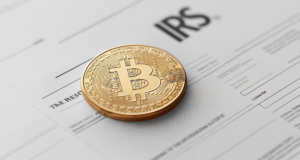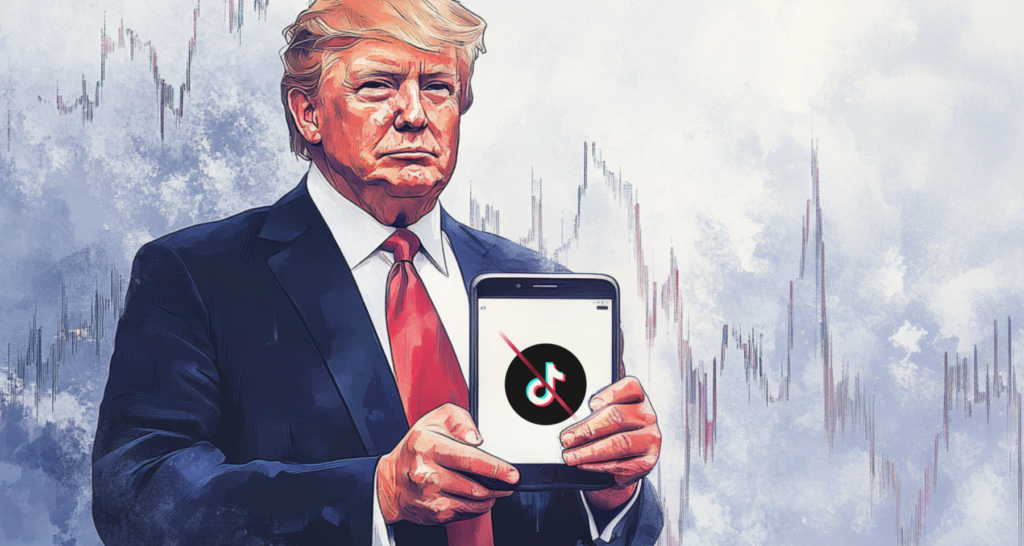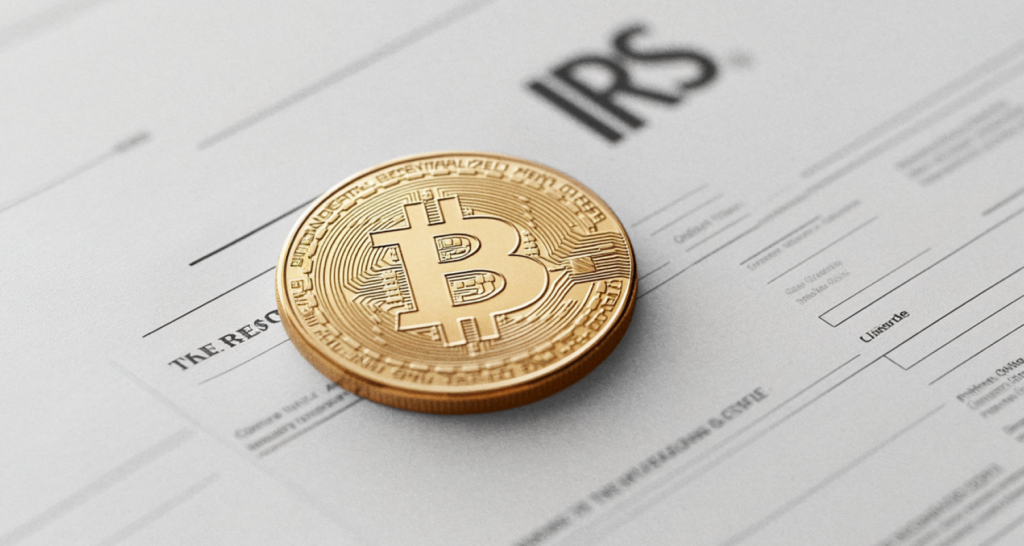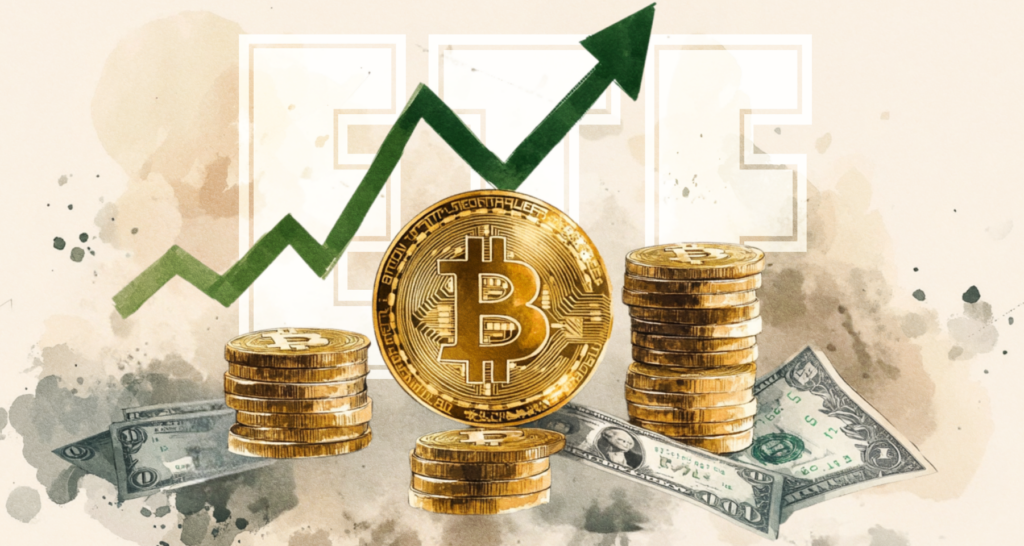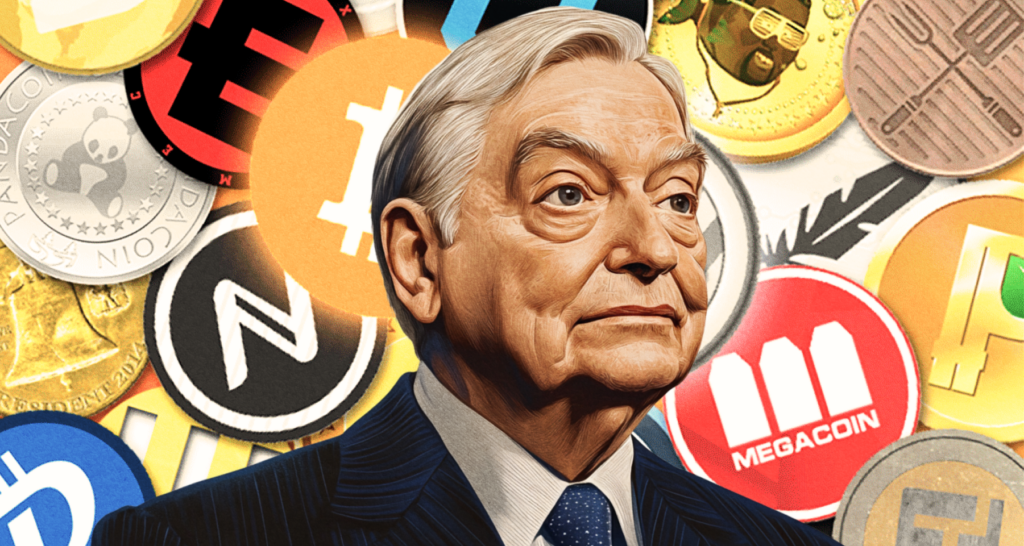Altcoins, Volatility, and Soros’ Reflexivity
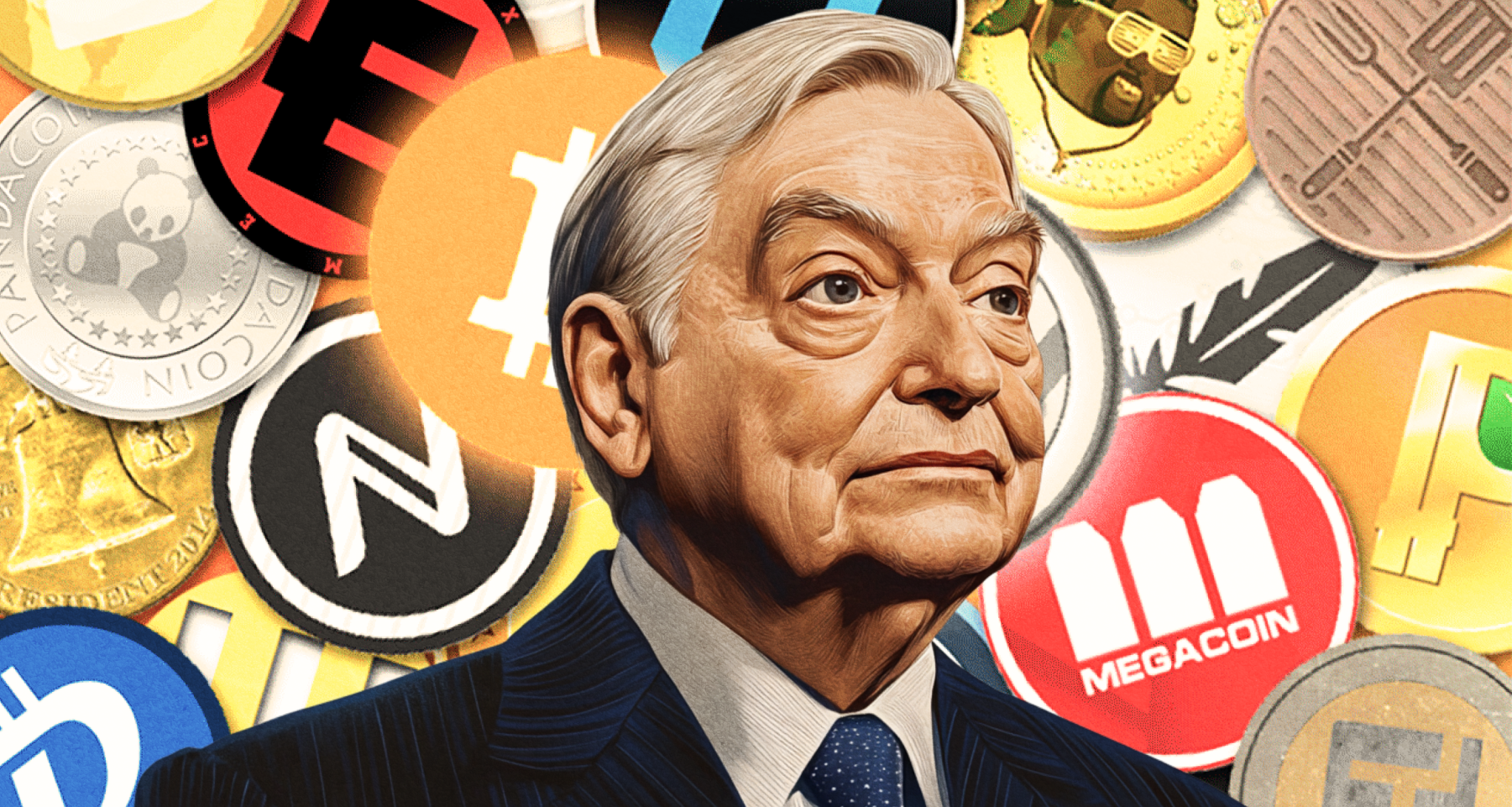
Why are altcoin prices so unpredictable? The answer lies in the interaction between market fundamentals and psychological momentum. George Soros’ theory of reflexivity elegantly explains this pattern of amplified volatility.
On this page
The core of Soros’ reflexivity theory lies in the interplay between investor expectations and market prices. When enough traders believe an asset will rise, speculative demand takes over, creating a feedback loop that drives prices up—sometimes without any fundamental justification. This “self-fulfilling prophecy” showcases the dynamic nature of market psychology.
Learn more about this intriguing concept in our feature: George Soros and His Theory of Reflexivity in Financial Markets.
In the world of cryptocurrencies, especially in the altcoin segment, this effect is evident even to newcomers. Altcoins, with their lower market caps and liquidity compared to Bitcoin, are highly vulnerable to sudden price fluctuations caused by news, rumors, or fear-driven uncertainty.
For instance, announcements about significant partnerships or technical upgrades can fuel price spikes. These surges then attract additional investors, setting off a reflexive loop of rising demand and escalating prices.
The effect works in reverse, too: unconfirmed negative rumors can instigate panic, resulting in mass sell-offs.
Crypto trends are driven by the rise of influential ideas and narratives. Whether it's the hype around DeFi, the explosion of NFTs, or the emergence of AI tokens, these themes dictate the market's direction.
When a new narrative grabs the attention of the community, it often sparks rapid price growth in related tokens. Inspired by bullish sentiment and future potential, investors pile in, propelling prices higher.
As the rally builds momentum, it draws in even more participants, creating a chain reaction. In these moments, fundamental value often becomes secondary.
Yet, as soon as the initial excitement subsides, markets often reverse course. Reflexivity shifts into reverse: investors panic-sell their holdings, even when there’s no solid justification for doing so. This, in turn, triggers sharp price declines.
The crypto market serves as a prime example of Soros’ reflexivity theory, where participant expectations and emotions fuel cyclical patterns of growth and collapse.
Let’s also highlight a few additional aspects.
Investor Sentiment as a Market Driver
Reflexivity posits that market participants’ expectations do more than just mirror reality—they play an active role in shaping it.
The crypto market showcases this vividly. Take Solana’s (SOL) rise to prominence in 2021: its surge was fueled by investor confidence in its supposed technological edge (cue the “Ethereum killer” narrative) and its anticipated dominance in the DeFi ecosystem.
Positive sentiment surrounding Solana brought in a flood of investors, driving up demand and prices for SOL. This created a loop of belief and action, where market enthusiasm fed the perception of Solana as the “Golden Grail” of blockchain innovation, further fueling its rise.
But the flip side of reflexivity can be just as powerful—panic cycles.
Take the case of SUSHI, SushiSwap’s governance token. While the exchange made waves with its creative user incentives and unique value proposition, the token’s growth also exposed the vulnerabilities of reflexive cycles in volatile markets.
Panic hit the SUSHI ecosystem in September 2020 when Chef Nomi, the anonymous founder, withdrew $13 million in ETH from the liquidity pool, citing a desire to “reward himself for his contributions.” The move sent shockwaves through the investor community, leading to a frenzied sell-off that slashed SUSHI’s price by over 70% in a matter of days.
While Chef Nomi ultimately returned the funds and publicly apologized, admitting he had acted recklessly, the damage to investor confidence was already done. Leadership was passed to other developers, but the controversy left an indelible mark on the project.
Social Media — The Accelerator of Market Trends
In the modern investment landscape, platforms like Twitter, TikTok, and Reddit act as catalysts for shaping narratives. By spreading news, speculative rumors, and influencer insights at lightning speed, they mold public opinion and influence investor decisions.
This rapid circulation often triggers a “snowball effect,” where even trivial events lead to disproportionate market reactions. Herd mentality, compounded by FOMO and FUD, plays a significant role in this process. Social media’s ability to amplify hype is especially evident in the meteoric rise of NFTs and meme coins.
Few figures have shaped a cryptocurrency’s fate quite like Elon Musk and Dogecoin. By championing it as “the people’s cryptocurrency” and tweeting lines like “Dogecoin to the Moon,” Musk drove DOGE’s value sky-high—an astonishing 12,000% gain that peaked at $0.72 in May 2021.
However, his influence proved double-edged. During Saturday Night Live, Musk’s quip calling Dogecoin “a hustle” sent the price tumbling 40%. His unpredictable tweets have become a hallmark of the meme coin world, creating both opportunity and chaos.
Read our analysis in Meme Coins: Elon Musk’s Trained Puppies.

Speculation Meets Innovation — The World of Altcoins
The altcoin ecosystem is a hotbed of speculation and rapid technological advancement. With dozens of new tokens and projects launched daily, developers tout “revolutionary breakthroughs” designed to reshape the crypto landscape. These claims entice bold investors willing to risk their capital in pursuit of early access and substantial profits.
The ICO craze of 2018 is a prime example of speculative mania in the crypto world. Back then, projects with grand promises but no real products could raise millions almost instantly. Tezos managed to collect $232 million during its ICO, even while embroiled in founder disputes. However, the era left a trail of failed projects and fraudulent schemes, eroding trust among investors.
The altcoin market faces a glaring issue: the lack of regulatory clarity. Unlike traditional finance, crypto tokens frequently evade rigorous audits and oversight, exposing investors to significant risks and contributing to the market’s instability.
For instance, LUNA, Terra’s native token, was once a top-10 cryptocurrency by market cap. In 2022, however, it plummeted to near-zero, wiping out billions of dollars in user investments and highlighting the dangers of inadequate oversight.
Speculation in crypto is driven by extravagant promises of wealth and an effortless path to success. The dynamic feels strikingly similar to election campaigns, where catchy slogans and “magic solutions” captivate the crowd. Predictably, much like unkept campaign promises, these grandiose claims rarely materialize once the project is up and running.
How Liquidations Drive Volatility
The altcoin market offers a textbook case for George Soros’s reflexivity theory, especially in how margin liquidations influence volatility. These liquidations don’t just amplify market swings—they create feedback loops that drive further price turbulence.
Leverage traders are required to maintain adequate margin levels. A drop in asset prices can push these positions into margin-call territory, forcing traders to sell off their holdings at prevailing market prices. This cycle of forced liquidation accelerates downward momentum, making the market even more volatile.
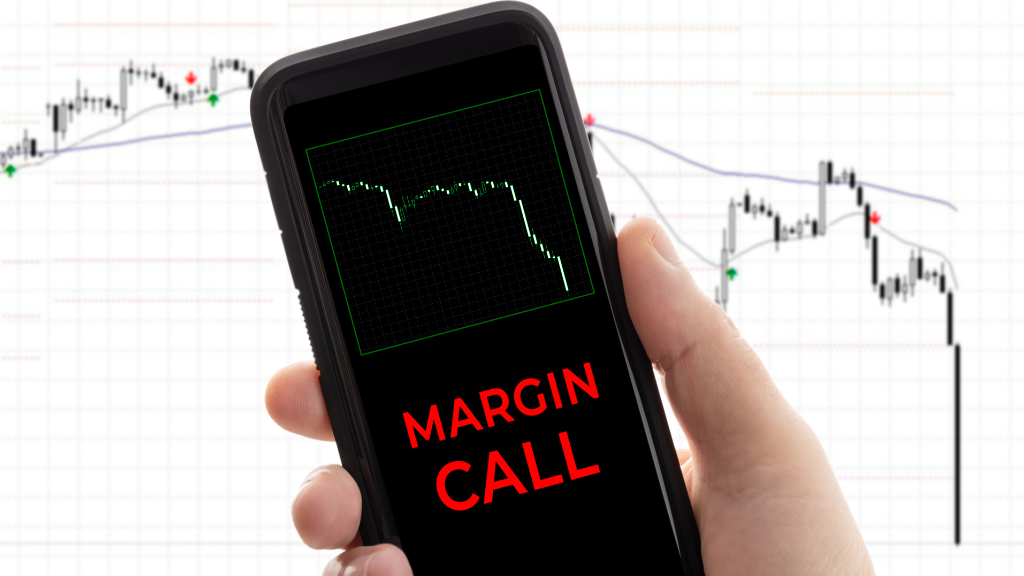
Margin calls frequently trigger waves of forced liquidations, creating downward pressure on prices. This sets off a feedback loop, with falling prices causing additional long positions to unwind, fueling a chain of sell-offs.
The phenomenon is particularly evident in decentralized finance (DeFi), where leverage is a common tool. The faster margin positions are liquidated, the heavier the strain on the broader market becomes.
Eventually, the cycle of leverage reduction reaches its tipping point, weakening the downward pressure and marking what’s often called the “capitulation peak.” At this stage, markets are primed for a turnaround, presenting an ideal opportunity to buy assets at significant discounts.
Liquidations of margin positions, therefore, act as catalysts in reflexive cycles, accelerating declines while simultaneously setting the stage for bullish trends.
It’s this delicate balance that makes the altcoin market highly reactive to shifts in participant sentiment.
These interconnected forces—technological speculation, viral social media trends, and the compounding effect of liquidations—create a powerful feedback loop. Although Bitcoin is somewhat influenced by these phenomena, its market demonstrates greater resilience. That said, MicroStrategy’s Bitcoin strategy provides a compelling case study for observing Soros’s reflexivity theory at play.
The content on The Coinomist is for informational purposes only and should not be interpreted as financial advice. While we strive to provide accurate and up-to-date information, we do not guarantee the accuracy, completeness, or reliability of any content. Neither we accept liability for any errors or omissions in the information provided or for any financial losses incurred as a result of relying on this information. Actions based on this content are at your own risk. Always do your own research and consult a professional. See our Terms, Privacy Policy, and Disclaimers for more details.



